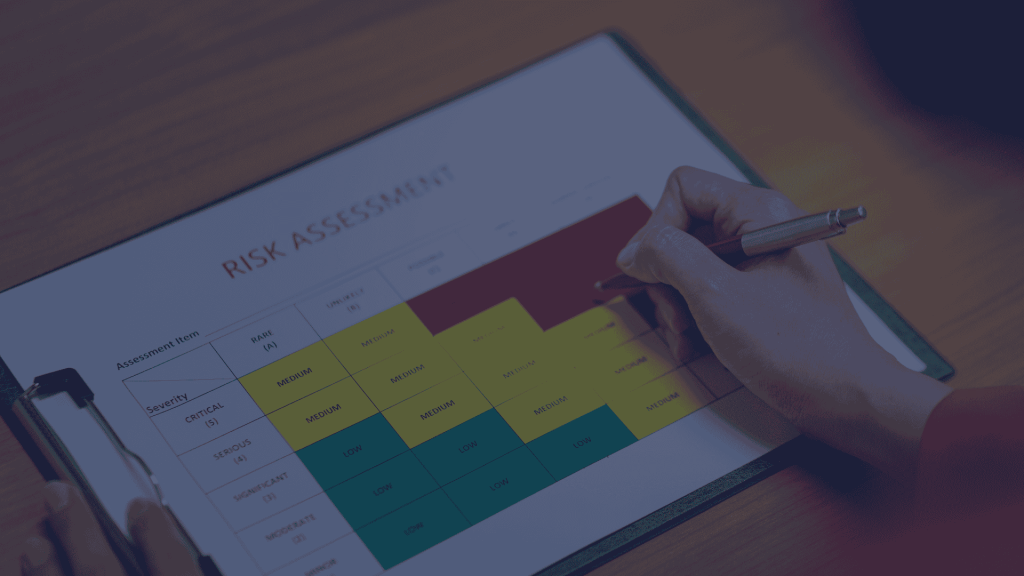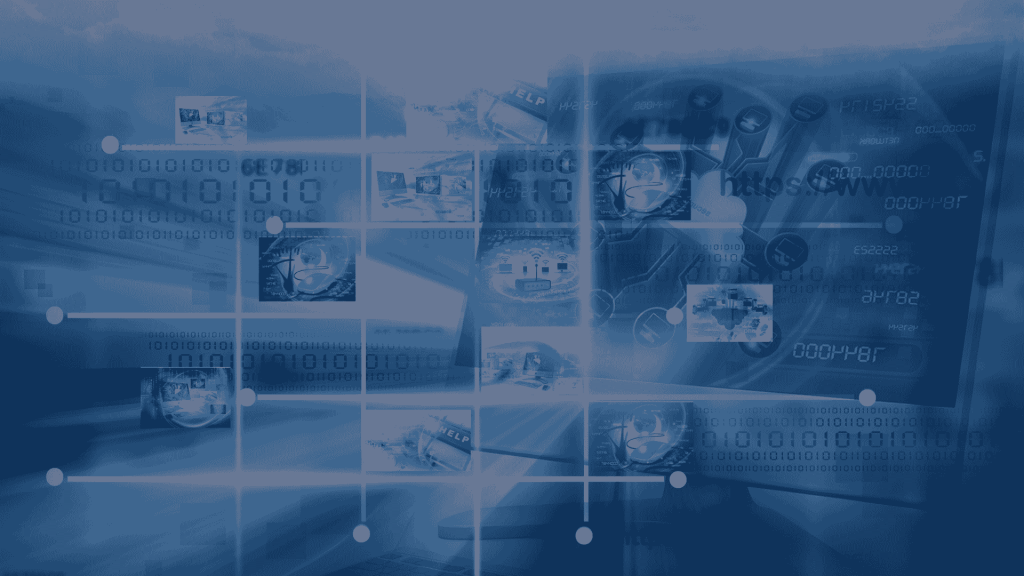In the fast-evolving world of cybersecurity, keeping your systems up-to-date with the latest security patches is more critical than ever. With malware and cyber threats constantly evolving, regular system maintenance and software updates are key components in maintaining a robust defense and ensuring your organization is protected against potential attacks.
The Importance of Cybersecurity Patching
What is Cybersecurity Patching?
Cybersecurity patching involves applying updates to software to fix vulnerabilities and enhance security. These patches, released by software vendors in response to identified security threats, are crucial for protecting your organization against known vulnerabilities that cybercriminals could exploit. By staying current with patches, you significantly reduce the risk of falling victim to malware, ransomware, and other cyber threats.
Types of Malware and the Need for Patching
- Ransomware: This type of malware encrypts your files, demanding a ransom for their release. Without regular patching, systems remain vulnerable to such attacks, which can cause significant operational disruption and financial loss.
- Trojan Horse: Disguising itself as legitimate software, a Trojan horse can infiltrate your system and steal sensitive information or install additional malware. Regular patching helps prevent such malicious software from exploiting vulnerabilities in your system.
- Spyware: Spyware secretly monitors your computer, collecting personal and sensitive information without your knowledge. Patching your software ensures that these vulnerabilities are addressed, protecting your data from unauthorized access.
Why Patching is Critical
Regular patching is essential for maintaining the security of your systems. Without these updates, your organization is at risk of attacks from malware, leading to potential data breaches, financial loss, and damage to your reputation. Additionally, cybercriminals are constantly searching for new ways to exploit vulnerabilities, making it vital to keep your software patched and up-to-date.
Zero-Day Vulnerabilities
Even with regular updates, some vulnerabilities remain undetected until they are exploited—these are known as zero-day vulnerabilities. Such vulnerabilities are particularly dangerous because they are unknown to the software vendor and have no immediate fix. Advance2000’s strong backup practices and advanced security solutions help protect your data from these unforeseen threats. However, it is also crucial for end users to stay educated on potential cyber threats.
The Role of Daily Status Updates in Cybersecurity
Monitoring and Reporting
Daily status updates are a crucial component of an effective cybersecurity strategy. These updates involve monitoring systems for potential threats and reporting on the status of patches and updates. Keeping your IT team informed about the current state of the network allows for proactive measures to address any vulnerabilities.
Real-Time Alerts
Real-time alerts notify your IT team of any suspicious activity or potential threats, allowing for immediate action to mitigate risks. Staying informed through daily updates ensures that your organization can respond quickly to emerging threats, protecting your network from attacks.
Best Practices for Patch Management
- Establish a Patch Management Policy
A comprehensive patch management policy is essential for ensuring that all systems are regularly updated and secure. This policy should outline procedures for identifying, testing, and applying patches and specify team members’ roles in the patch management process. - Prioritize Patches
Not all patches address critical vulnerabilities. Prioritizing patches based on the severity of the vulnerabilities they address is essential. Critical patches should be applied as soon as possible to minimize the risk of exploitation. - Test Patches Before Deployment
Before deploying patches across the entire network, it’s crucial to test them in a controlled environment. This helps prevent potential disruptions and ensures smooth deployment. - Automate Patch Management
Automating the patch management process saves time and reduces the risk of human error. Automated tools can scan systems for missing patches, apply updates, and generate reports on the status of patches, ensuring consistent updates and security.
Implementing Multi-Layered Security for Threat Prevention
Multi-Layered Security Approach
A multi-layered security approach is essential for effective threat prevention. This involves implementing multiple security measures, such as firewalls, antivirus software, and intrusion detection systems, creating a robust defense against cyber threats.
Regular Security Audits
Conducting regular security audits helps identify potential vulnerabilities and ensures that security measures are effective. These audits should be carried out by qualified professionals who can assess the current state of the network and recommend improvements.
Educating Users
Employee training is a critical aspect of threat prevention. Regular training sessions ensure that employees are aware of the latest cyber threats and know how to respond to security incidents, reinforcing your organization’s overall cybersecurity posture.
Conclusion
In conclusion, cybersecurity patching, daily status updates, and effective patch management are critical components of a robust cyber defense strategy. By staying informed and proactive, organizations can protect their networks from emerging threats and ensure the security of their systems. At Advance2000, we prioritize regular system maintenance, software updates, and a multi-layered security approach to provide effective threat prevention and network protection.
At Advance2000, we understand the critical importance of reducing business risk, optimizing productivity, and driving strategic value to enhance your bottom line. As the nation’s leading private cloud provider, we offer comprehensive solutions designed to help you implement effective strategies that align with your business goals. Contact us today to learn more about how we can protect your digital assets and support your organization’s growth.



